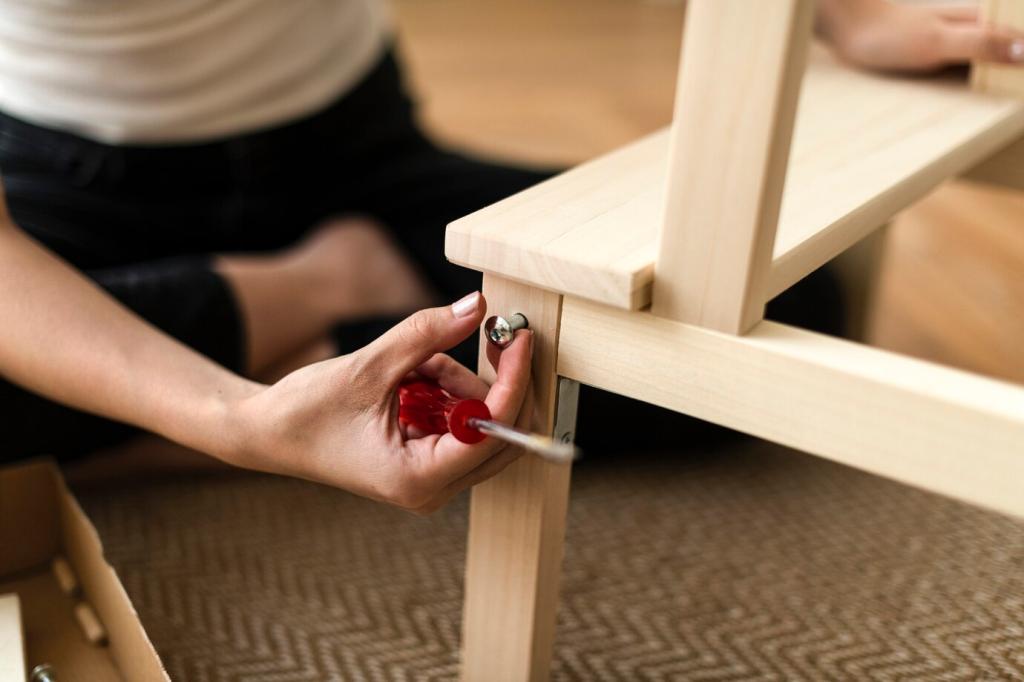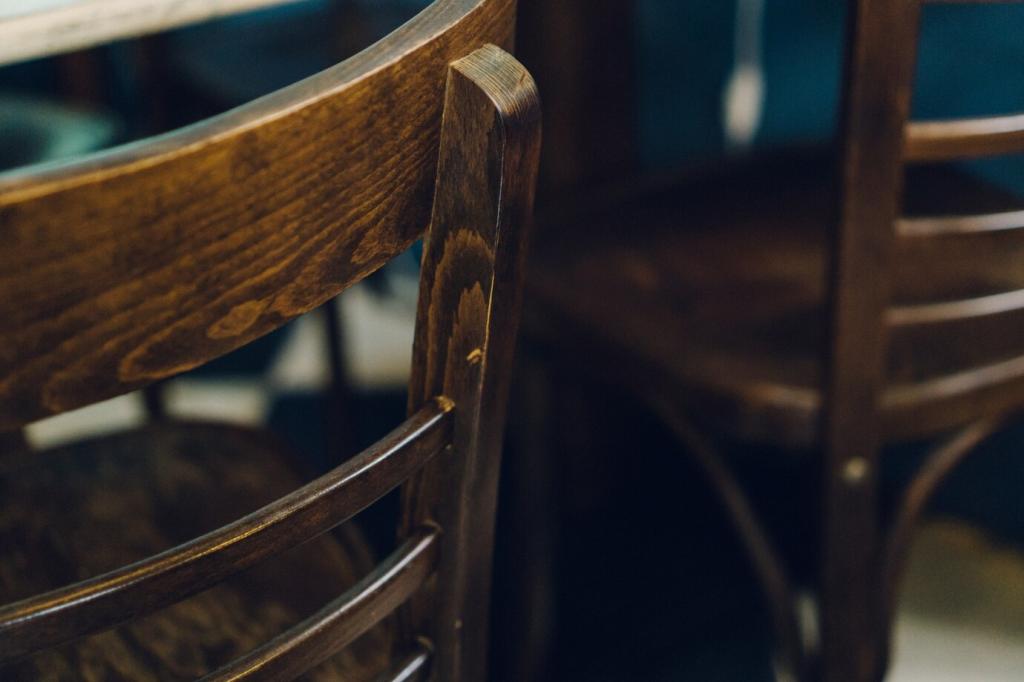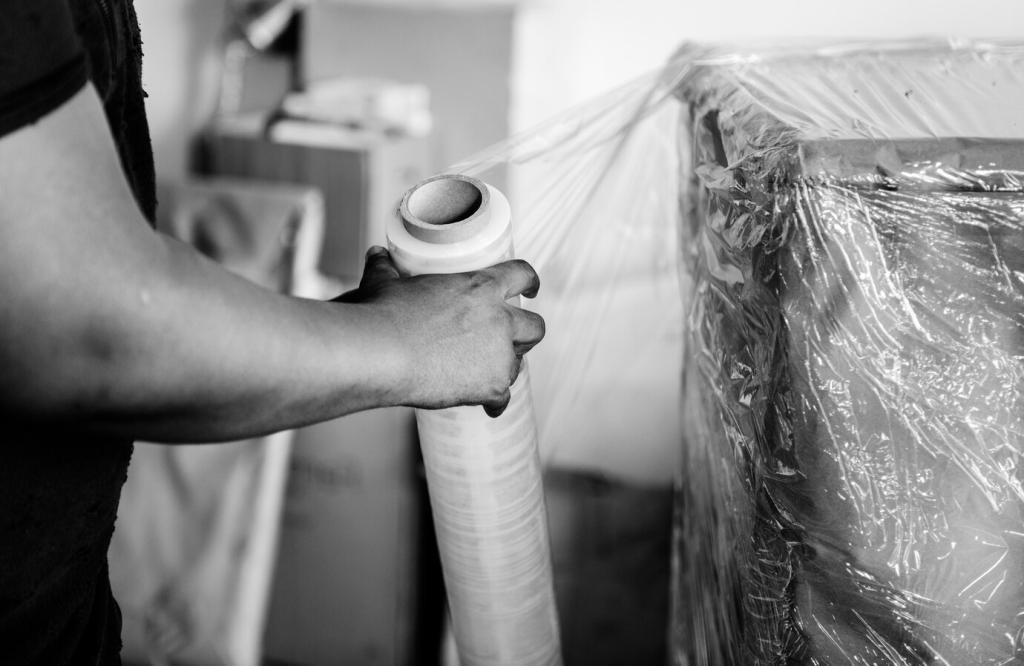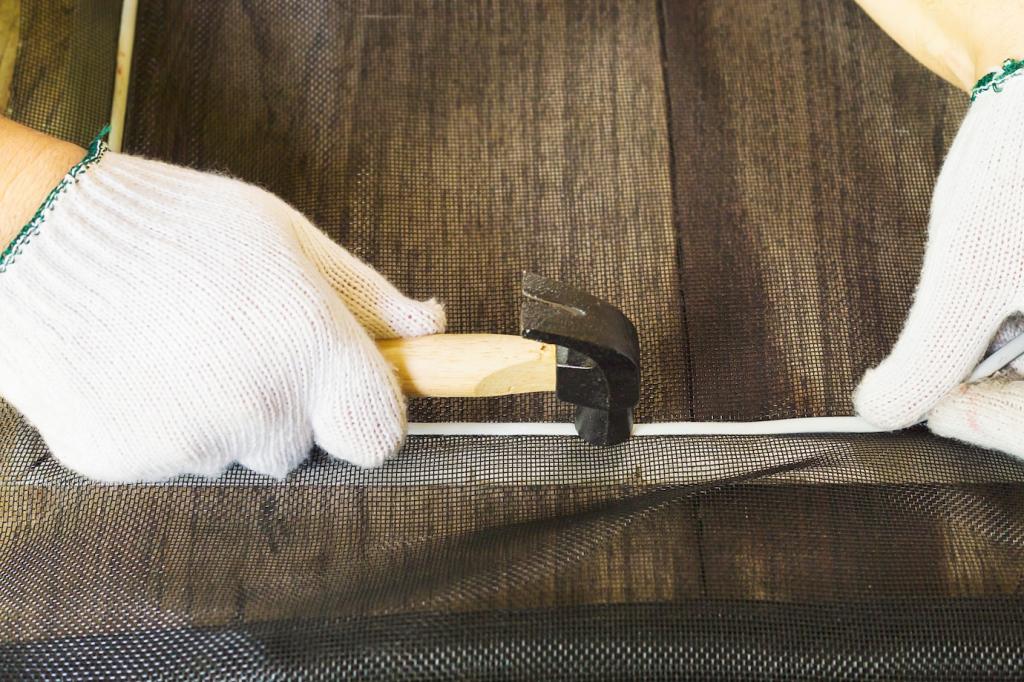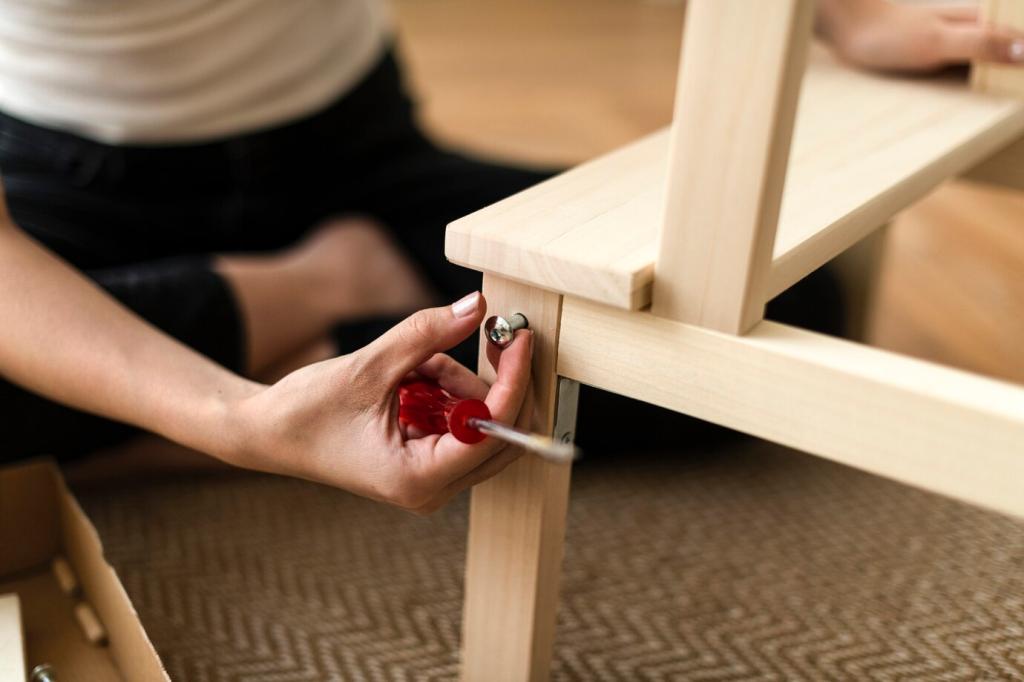Know Your Polish Families
Hard wax blends often include carnauba for a tougher, longer-wearing shield, while paste waxes spread more easily and buff to a softer glow. For longevity, choose the harder option on tabletops and high-touch areas, reserving softer blends for decorative pieces. Tell us which wax kept your heirloom looking best.
Know Your Polish Families
Pure tung oil polymerizes into a resilient, water-resistant network, outlasting boiled linseed in frequently handled pieces. However, linseed builds warmth and patina quickly. If longevity is your priority, use polymerized tung oil and allow generous curing between coats. Comment if tung oil transformed a tired surface in your home.

